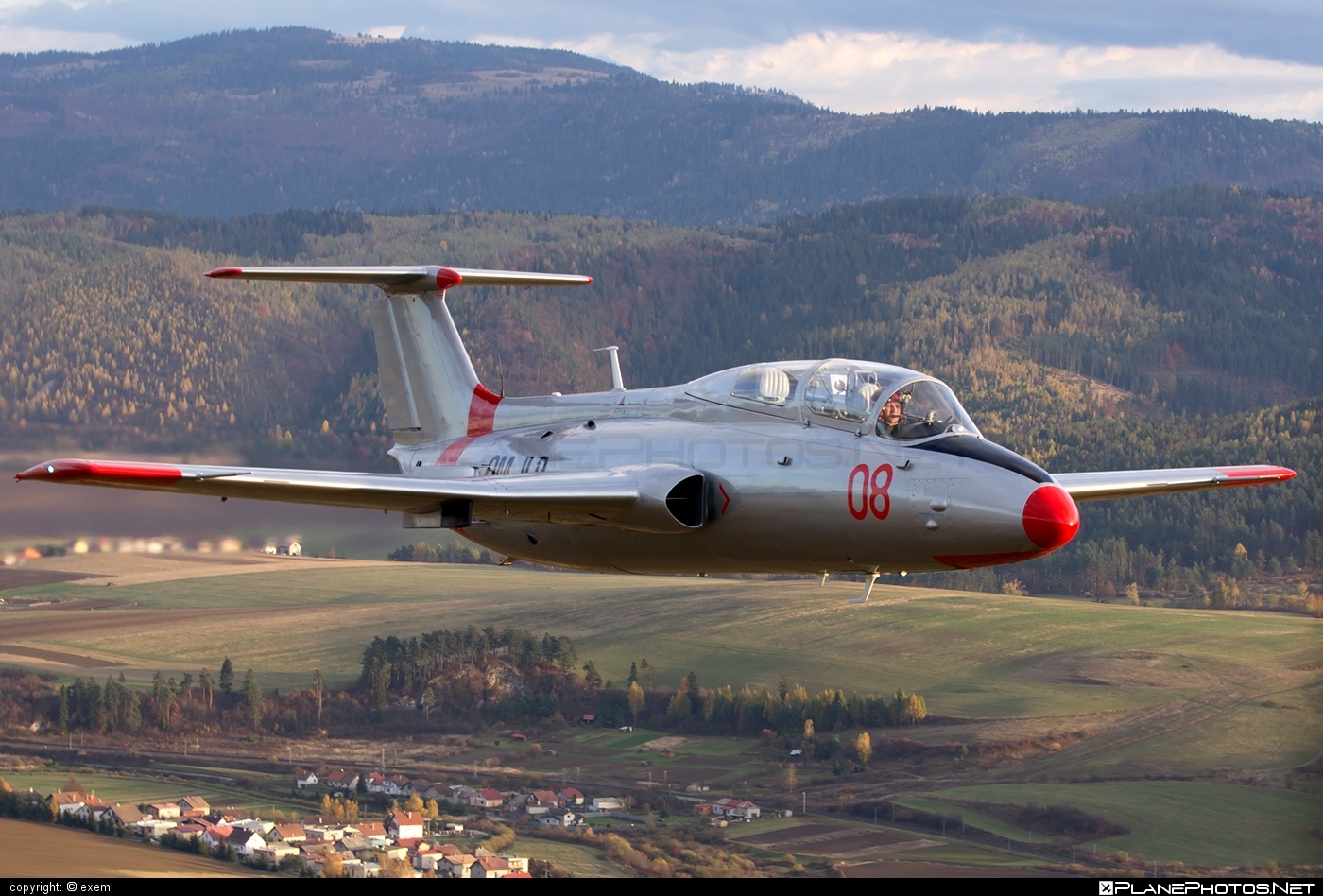Jet-Races on at Warbirds over Wanaka
(Weather permitting)

Peter Vause, who has a L39 Albatross, and Brett Emeny in his de Havilland Vampire will join Christchurch pilot Paul Hughan, who also has a de Havilland, to take on the Americans.
It is the first time this type of jet air racing has been done in New Zealand, Emeny says.
"We fly round a race track, it's an eight-mile course. The circuit gets down to 100ft at 700km an hour.
"It's good fun. It's going to be cool. You get around that eight-mile course in less than 1.5 minutes. It's about six miles a minute. We're going to do six laps of the course and see how we go."
The Americans will be flying Russian L-29 trainer jets, he said.
All six jets will start in a row, a bit like in a horse race, and come in from behind the airfield in a straight line.
"When you get cleared to start, you open the throttle and go for the first pylon.
"They've got these blow-up pylons that stand up and you fly around and zoom around those."
The six jets will be within a few metres of each other at times, Emeny said.
"It should be a good spectacle."

L-29 Delfin
The American pilots race at the Reno Air Races in Nevada.
"They used do it with high-powered prop-driven fighters and now they are racing jets as well. It's the fastest motor sport there is."
The de Havilland Vampires were the first single-engine jet fighters ever built and were first flown in 1943, Emeny said.
They were also flown by 75 Squadron at Ohakea in the 1950s.
"Mine was built in 1958. It was one of the last ones built."
Vause, an engineer, got his L39 Albatross, which was built in 1983, 10 years ago.
"It's a Czech-built jet trainer used by all of the Eastern bloc air forces. They became available in relatively large numbers when the Russian empire collapsed in 1992. Air forces started shedding their aeroplanes so they could afford to pay people."
He bought it because he wanted to fly "something that went fast".
Vause and Emeny flew their jets to Wanaka yesterday.
Warbirds Over Wanaka starts on Good Friday and finishes on Sunday.
The first jet race will be on Friday.

L39 Albatross
Just in case anyone had forgotten the biggest warbirds airshow in the southern hemisphere starts on Saturday, six racing jet aircraft flew low, slow and quietly over Wanaka's lake frontage yesterday afternoon.Under leaden skies, the three Aero L-29s, two De Havilland Vampires and an Aero L-39 have been practising for their starring role in the Warbirds Over Wanaka International Airshow.
On Saturday and Sunday, they will race wingtip-to-wingtip around an ''aerial racetrack'' marked by large orange pylons, in a type of race rarely seen beyond the Reno Air Race in the United States.
Much of the banter among the American and New Zealand jet racing pilots at Wanaka Airport yesterday revolved around the differing performance characteristics of the aircraft.
The Vampires are faster; the Aeros take the corners better.
And one of the American pilots was a little bemused at having a speedometer reading kmh rather than mph.
Spectators can expect the fastest of the six jets to hit 640kmh [397mph] on the home straight.
Wanaka Airport has been filling up this week with aircraft of all shapes and sizes - a Spitfire has arrived, and a Mustang, a Corsair and the Yaks are in the plane park.
Late yesterday afternoon, the French Air Force contingent arrived in its Casa (mini Hercules) military transport aircraft.
Infrastructure construction was a day ahead of the last show two years ago and was going ''really well'', he said.
Bad weather further north had created ''some challenges'' getting aircraft to Wanaka from the North Island.
While the ''vast majority'' had arrived, Mr Taylor said, there was still doubt yesterday over whether the Harvard aerobatics team would make the show.
''If the Harvards can't make it, it will be a real shame, but it won't affect the airshow at all.''
Mr Taylor said the weather forecast for the weekend indicated better weather for Central Otago than for elsewhere but there were still likely to be ''a few light showers''. An ''old-timer'' had told him a ''good thing'' about grey skies was that it made planes easier to see.
''Also, it's not such a strain looking into the hot sun all day.''
The first official event on the show programme is a free World War 1 ''dogfight'' over Lake Wanaka on Good Friday afternoon, involving six biplanes and triplanes.
Boating has been banned from the lake area below during the performance.
Mr Taylor said the New Zealand Air Force would be doing a ''special event'' at the end of the dogfight, but declined to elaborate.
''You've got to be there to see it. It will be pretty spectacular.''
In addition to the action in the air over Easter, the best jet sprint boats in the country will be competing in the finals of the national championships on a course next to Wanaka Airport tomorrow evening.
Race organiser Chris Munro said yesterday the event was timed to fit in around the warbirds show.
The last jet sprint event at Wanaka attracted a crowd of 6000-7000 people.
Canterbury driver Peter Caughey leads the way in the superboat championship and Sam Newdick, of Hamilton the group A championship.
Condensed article from Otago Daily and Southland Times reports - no copyright infringement intended























.jpg)


